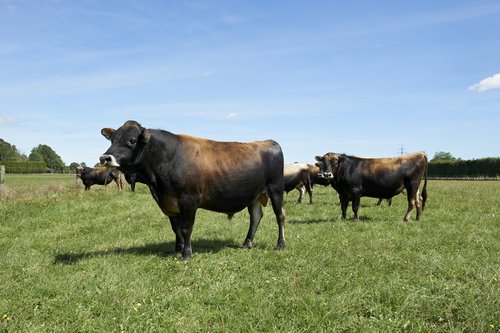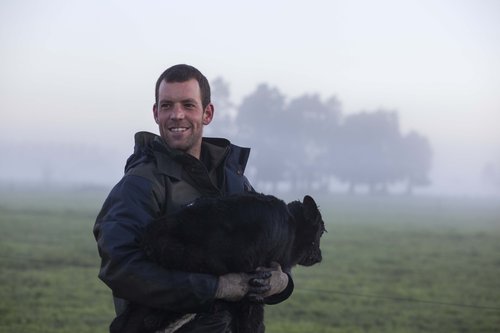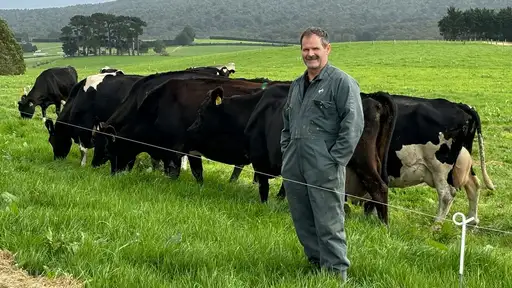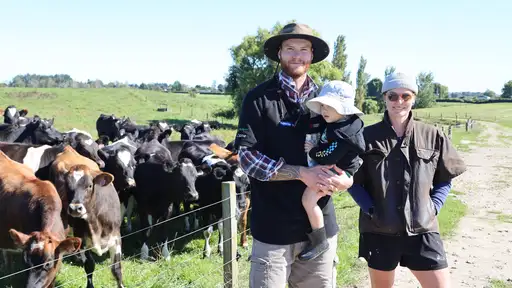The importance of the genetic merit of dairy cattle is an
often-forgotten part of a farm system.

Genetic improvement brings tangible benefits to on farm profitability, but the gains are incremental and can go unnoticed as years go by.
To illustrate the efficiency and profitability gains arising from genetic improvement, we can consider an average herd today and the key improvements we will see over time, solely because of genetics.
Every year, the cows in the national herd improve by about 11 Breeding Worth units.
Breeding Worth (BW) is the national measure of an animal's ability to breed profitable replacement heifers.
There are eight key economic traits in BW, the most-recent of which was added in February 2017 (body condition score).
The gain in BW translates into an extra $11 profit per 5 tonnes of drymatter (DM) consumed each year.
These more genetically advanced cows produce an additional 2.3kg milksolids each lactation, while liveweight is largely unchanged.
Feed and BW
It is worth noting as dairy cows become more elite they need more feed – about 16kg DM/11BW – to fully realise those genetic improvements.
As a rule of thumb for a 300-cow herd, you will need one fewer cow a year, or need to supply an extra five tonnes of dry matter, to realise the full economic benefits of BW gains.
Over 10 years, the accumulated value of genetic improvement for a single herd alone is more than $250,000.
Genetic evaluation of dairy cattle might seem like a black box – data comes in, fancy maths occurs, and information comes out.
In a way that's true, but it's actually your decisions on farm that have the biggest impact on the rate of genetic improvement in your herd.
The drivers of genetic improvement can be broken into two main groups.
Selection
 Genetic gains are best realised through the use of AI semen
from high BW sires.
Genetic gains are best realised through the use of AI semen
from high BW sires.
Your replacement heifers will inherit half their genetic merit from their sires, and most of the gains in BW are generated from sire decisions.
The decisions you make when selecting a bull team are very important.
Breeding company representatives can help you choose the best bulls for your herd. The Bull Team Builder on the DairyNZ website is also a useful tool because it illustrates the expected average gains in profit from your bull selection decisions and the average Breeding Values for your bull team, compared to industry benchmarks.
You can also increase the rate of genetic gain by retaining your highest BW heifer calves to rear as replacements.
Your ability to select replacements from your best cows will rely on your six-week in-calf rate.
If a good proportion of your herd is calving early to AI, you will have more choice when deciding which heifers to keep or sell.
Recording and measuring
Fundamental to recording is the need to correctly link heifer calves to their parents.
The process starts at mating, when you record which sire each cow is mated to, and is completed at calving, when the calves are correctly recorded to each dam.
The latter might be achieved by careful observation at calving time or by DNA-verifying parentage.
If parentage is mismatched, cows or sires don't get the credit, or discredit, they deserve.
 That reduces the accuracy of BW of cows in your herd and the
sires you are selecting from.
That reduces the accuracy of BW of cows in your herd and the
sires you are selecting from.
As a recorded heifer calf grows and enters the milking herd, any measurements, such as herd testing and weighing, and recording (mating, calving, culling, deaths) will be incorporated into her BW estimation.
An individual cow's information affects not only her own estimates of genetic merit (BW and Production Worth), but those of her relatives.
This is particularly important for bulls, where the accuracy of Breeding Values relies on information generated from cows across the national herd.
The accumulated value of genetic improvement for a single herd is more than $250,000 over a 10-year period.
The most powerful way to maximise genetic gain is to use high-BW bull teams, while at the same time maintaining comprehensive and accurate recording and measurement within your dairy herd.
Key points
- Genetic gain is worth more than $250,000 to an average-sized
herd over 10 years.
- The bull teams you choose each year will have the biggest
impact on the rate of genetic gain within your herd.
- Comprehensive measurement and accurate recording on farm
provide vital performance information, which is used to increase the accuracy
of BW for cows and bulls.
The article above first appeared in November 2015’s issue of Dairy Exporter, and was reproduced for LIC 's former print newspaper LINK, with the permission of its author, Dr Jeremy Bryant of DairyNZ.





